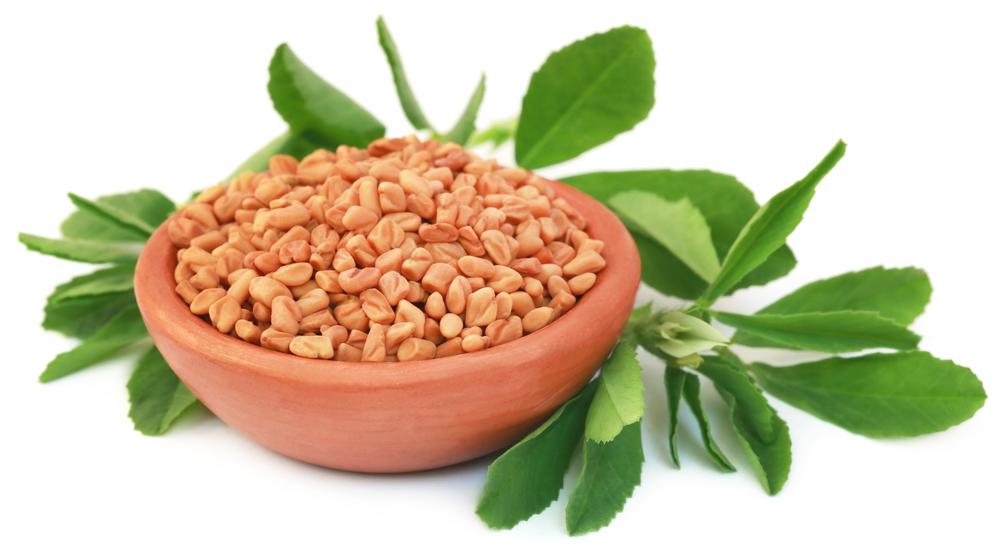Fenugreek is one of the first cultivated herbs in recorded history and remains a fundamental ingredient in curative and culinary traditions from around the world. Fenugreek is found in Indian curry powders, Middle Eastern spice mixes, and Ethiopia’s ubiquitous berberé powder.
In India, fenugreek greens are often found in a variety of dishes, but most of the world’s culinary interest in this plant lies in the seed. Fenugreek seeds look like pale-yellow pebbles. They have an unmistakably maple-syrup scent and are often used to flavor imitation maple-syrup products.






